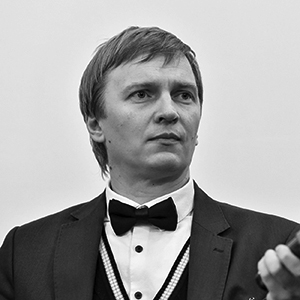In early 2012, the EU and Ukraine initialled the text of the Association Agreement (AA), but due to problems on Kyiv’s side in demonstrating tangible deliverables concerning structural reforms and the implementation of the Association Agenda’s priorities, the EU delayed its signing. It was made directly dependent on progress in addressing selective justice and the implementation of the Association Agenda in Ukraine.
Although some steps had been taken to amend the situation by the authorities in Ukraine, the overall attitude in the EU capitals concerning the signing of the AA was not favourable during the Eastern Partnership (EaP) summit in Vilnius.
To make the situation worse, on the eve of the summit in November 2013, President Yanukovych declared the suspension of the AA signing process in Vilnius. This was done under huge pressure from Russia. This move was met with protests by Ukrainian citizens who went onto the streets of Kyiv in their millions to show their discontent. The bloody crackdown on protesters triggered a prolonged confrontation, which in the end led to a change of political elite in Ukraine in February, 2014.
To shore up the new authorities in Kyiv, the EU signed the political provisions of the Association Agreement with Ukraine on March 2014 and the remaining parts on June 2014.
On 16 September 2014, the Ukrainian Parliament ratified the Association Agreement and the European Parliament gave its consent to the agreement, enabling the provisional application of the relevant provisions of the agreement on 1 November 2014 and the Deep and Comprehensive Free Trade Agreement (DCFTA) section of the agreement on 1 January 2016.
The second phase of the Action Plan on Visa Liberalisation commenced in June 2014. In September 2014 the Action Plan for the implementation of the Association Agreement for period 2014–2017 was approved by the government. In March 2015 the EU-Ukraine Association Council approved the renewed Association Agenda which envisaged ten top priority reforms to be implemented in Ukraine.
The first EU-Ukraine summit within the framework of the Association Agreement took place in Kyiv on 27 April, 2015. In a joint statement at the summit, the parties welcomed the first reform steps taken by Ukraine in key areas, notably “constitutional reform, decentralisation, the fight against corruption, the reform of the justice sector, the restructuring of the energy sector and the improvement of the business climate.”
Several observations can be made based on the history of bilateral relations between Ukraine and the EU, particularly within the framework of the Eastern Partnership. The first is that the pace and real substance of relations has always depended on the political groups in power in Ukraine. With the change of political leadership, the course the relationship has sometimes experienced extreme fluctuations.
The second observation indicates that regardless of which political group was in charge, they all demonstrated a selective approach in fulfilling their obligations from bilateral agreements. Since 2014 many things have changed in the approach to Ukraine-EU relations and in attitudes towards each other. Transformations in Ukraine and in the EaP region did not go unnoticed in the European Union, which decided to adjust its ENP toolkit to the new realities on the ground.
To understand the prospects of change in Ukraine it is worth taking a deeper look at the main political and social actors involved in the integration process, their actions and expectations towards the EU and in the end to project the outlines of future relations from the perspective of Ukraine.



